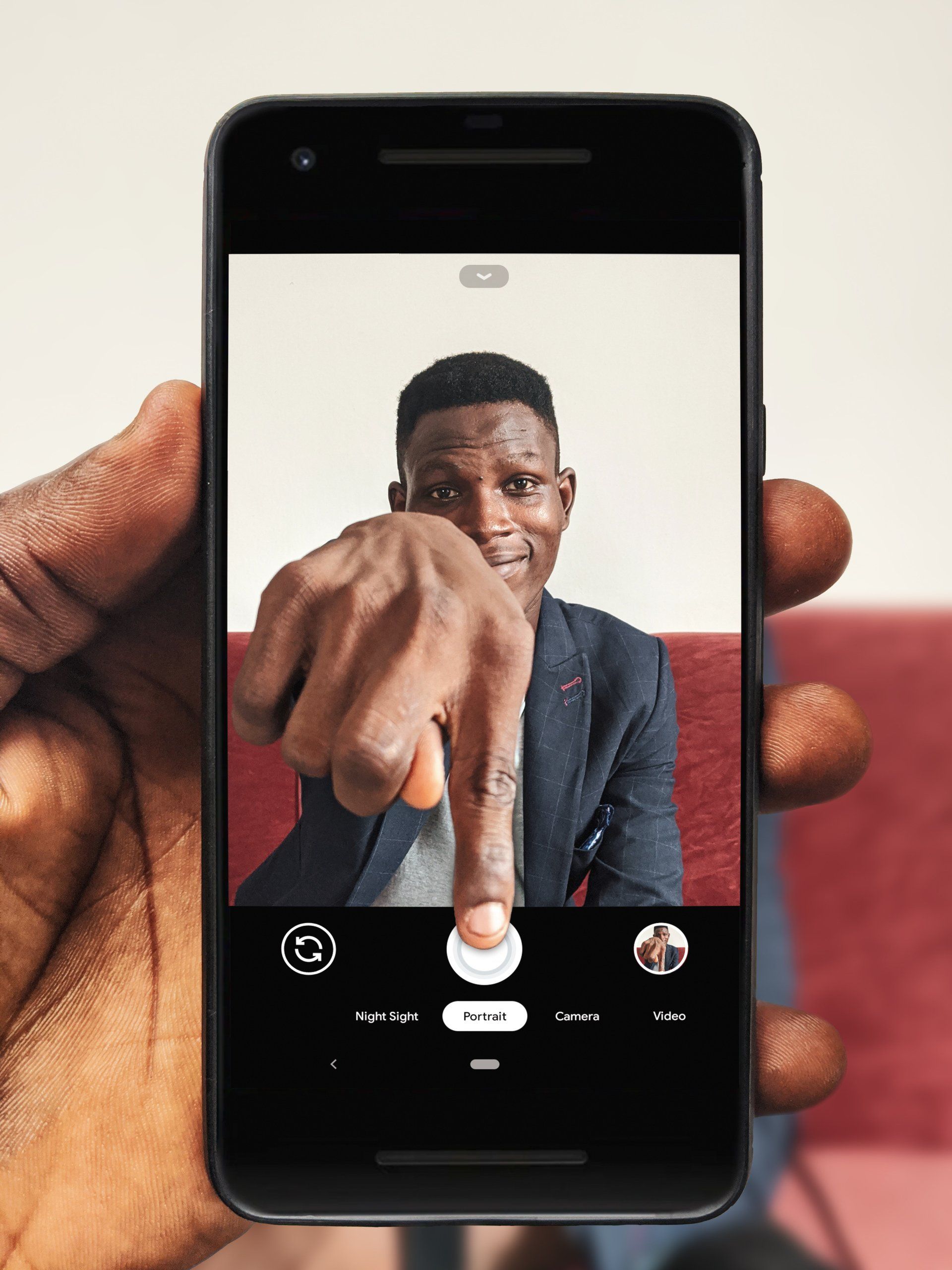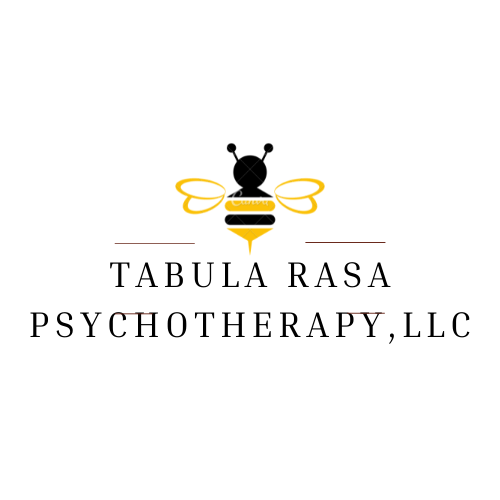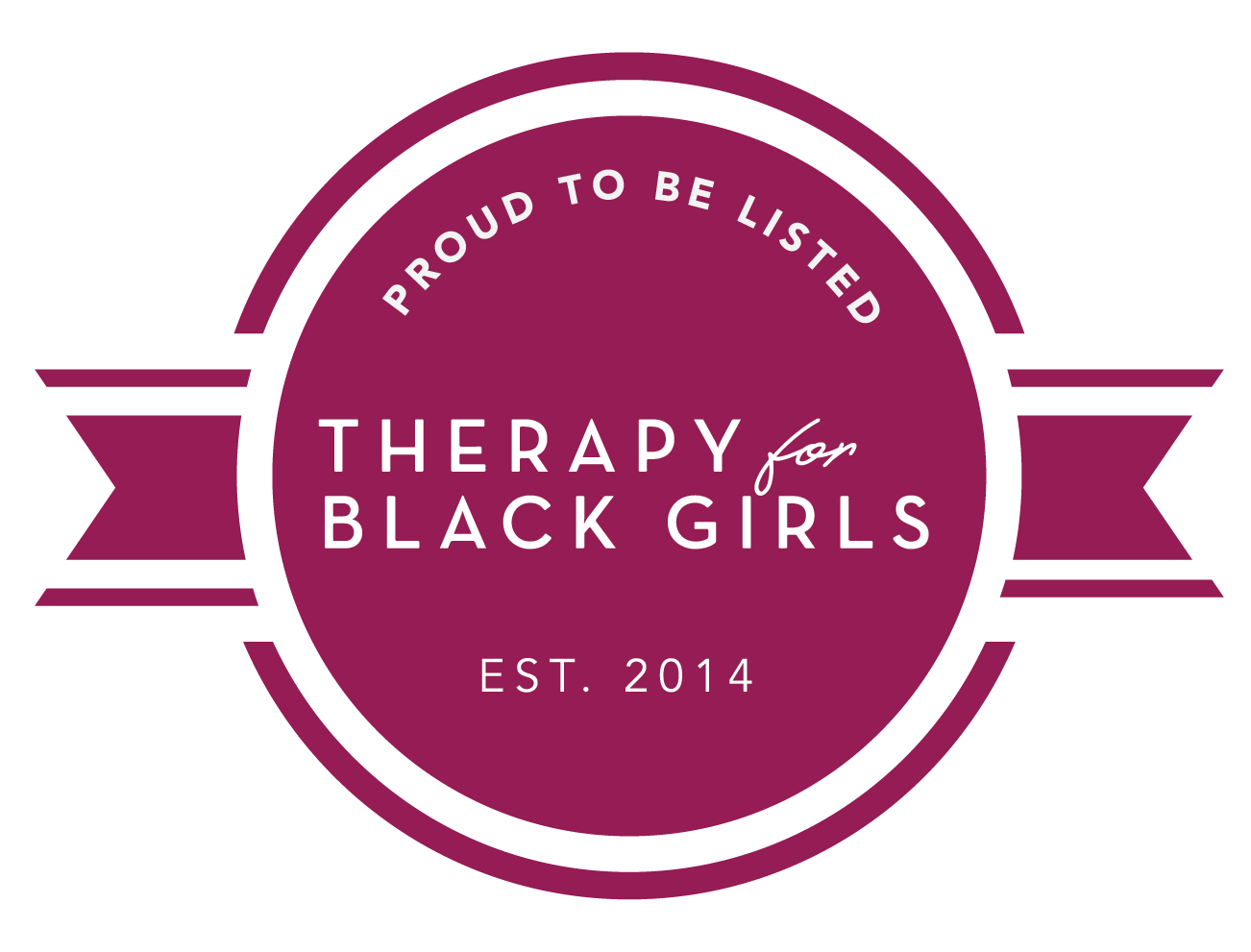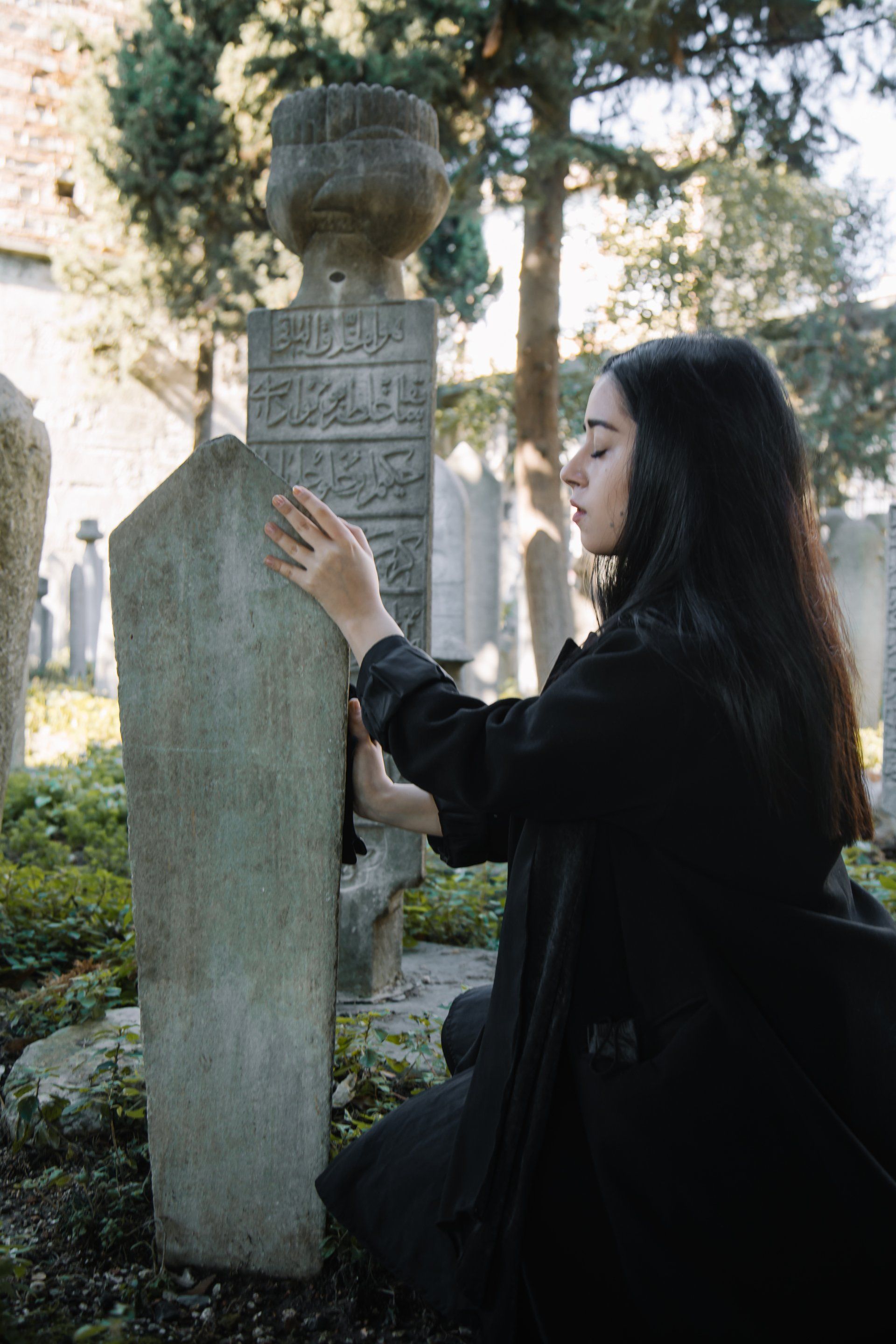Embracing Diversity in Therapy by Breaking Down the Wall of Stigma
Why Has It Been So Difficult To Get People of Color in Therapy?

Therapy means different things to different people, and it also translates differently amongst diverse cultures and ethnicities. It appears as if those belonging to the middle/upper-class Westernized European culture has fully embraced therapy while those who are considered lower-class or people of color have often time shunned therapy. Over the years, therapy has gone from being shunned to being feared. For people of color, therapy is full of unknowns; none of those unknowns seen in a positive light nor can they be controlled. As society continues to evolve, more people of color have "taken the plunge" into the unknowns of therapy. However, with more people of color taking part in therapy, there appears to be even more of a need for multicultural training for current and future counselors. I have been fortunate to have had a graduate education that emphasized counseling in many realms.
One of my graduate school professors once said that if we want to be successful and effective therapists, it would be helpful to first be a client. As a client, I quickly understood the importance of picking the right therapist as well as what traits and characteristics were most important in a therapist. Understanding the level of vulnerability that exists, as a client, has made me more understanding as a therapist. As I have advanced in the field, I have had numerous opportunities to discuss multicultural counseling and creating an emotionally safe space for clients. Having had the opportunity to speak with people from diverse backgrounds, I have learned quite a bit. Potential clients, especially those of diverse ethnicities, have expressed upset and distress with respect to beginning therapy, more specifically with respect to expectations and therapeutic approach. Below, I have provided some points to consider when working with clients of color or backgrounds different from you, the therapist:
- Actively practice empathy: It is not easy for ANY client to open up in therapy, let alone a client of color. Please practice patience and understanding when meeting with clients.
- Familiarize yourself with a potential client's ethnic and religious background without overdoing it: As an African American therapist myself, I make it a point to familiarize myself with the background of each of my clients. It lowers my anxiety, by giving me SOME background and it also allows me the opportunity to get to know my clients in other aspects.
- Do not overly immerse yourself in the culture or become an authority figure on their cultural background: Familiarize yourself without overdoing it. Overdoing it can resemble cultural appropriation, which can be viewed as disrespectful. You can be aware without being over the top by way of overindulging in the culture.
- Ask questions for clarity, with respect to that specific client: With respect to your client's traditions, beliefs, values, priorities, etc., it is ok to ask questions for clarity. Use this as a way of continuing to build rapport with your clients. Also, it paints a clearer picture of the person and their world as they perceive it to be. It also minimizes the likelihood of a misdiagnosis.
- Be aware of YOUR privilege as a therapist as well as any privilege you hold within your own race, ethnicity, or gender: As a therapist, please be aware of your privilege in the "therapist" role. As a therapist, we should be aware that our role can put us in a different playing field that may appear to surpass that of any other role we have ever had prior. Also, understand that there may be some advantages or privileges that come with your identity. As a woman, I will never say that I understand what it means to be a man (because I don't). Even if I can't identify with my client in some way, shape, or form, I can empathize. Our life experiences factor in to address the differences between myself and my client.
- Do not make assumptions.....even if you and your client come from similar backgrounds: Most clients look for therapists with whom they feel they can most relate, which can be both a blessing and a curse. Similarities and relatability are good when trying to build rapport with ease and less anxiety; the last thing some clients of color want to do is "teach" their therapist what it means to be their race, religion, gender, etc. However, this can also be a challenging thing mainly because there is a such thing as too much relatability. There is a fine line between relatability/empathy AND projection of your own experiences, wants, and beliefs onto your client. Therapeutic boundaries can be blurred and you may alienate your client.
- Be open to learning as well as educating: Once comfortable, most clients are open to educating others on their lives, more specifically their presenting problems, family dynamic, relationships, and how they see themselves (identity).
- Be aware of the cultural differences that exist between you and your client.....and do not be afraid to discuss any internal struggles with a fellow clinician or supervising therapist: A person's identity involves their entire being, such as: denomination (or lack thereof), ethnicity, race, gender, sexual orientation, socioeconomic status. It is ok to acknowledge your differences (as long as your client is comfortable), however do not minimize their existence. For instance, by telling a person of color "I do not see color" or "I do not see gender" can be misconstrued by your client as saying, "I do not see YOU". If you find yourself experiencing internal issues or struggles with respect, discuss that with your own therapist (YES! Therapists see therapists too lol!), supervising therapist, or fellow clinician. Your client's therapy is for THEM not you.
- Be aware of your own cultural competency prior to seeing clients of color. It is not enough to have friends and colleagues of diverse backgrounds. As therapists, we must do our part to educate ourselves outside of our sessions; not just for our clients but to advance ourselves as well.
- Do respect cultural traditions, holidays, family and relationship dynamics that are specific to the client, even if you do not fully understand or agree with it: You do not have to fully understand every aspect of your client's life to serve as a support system for your client.







